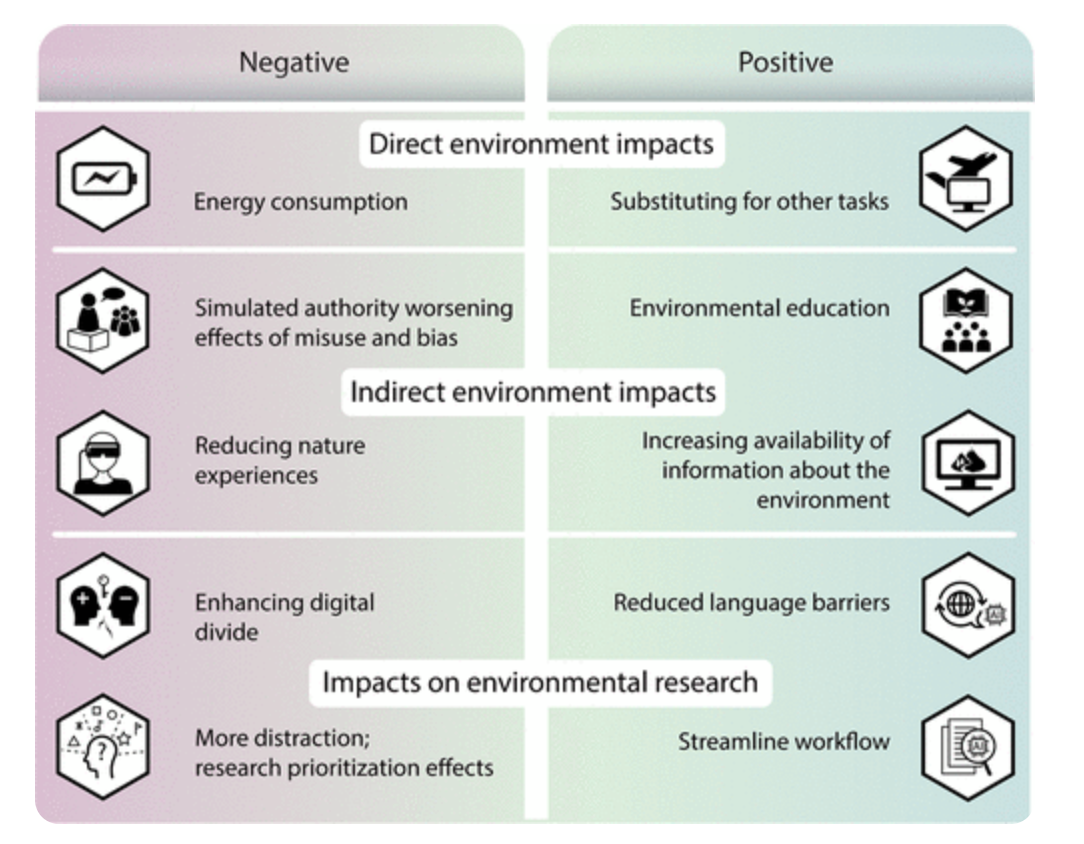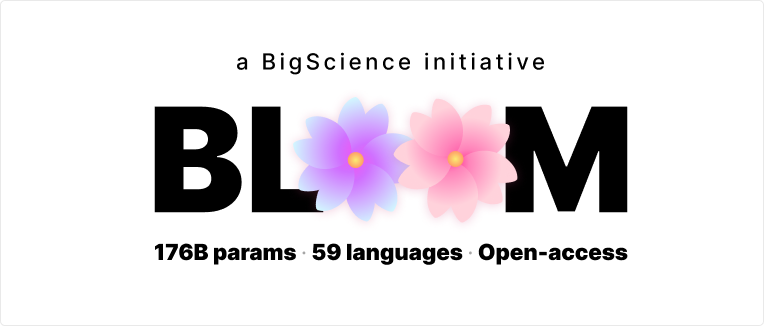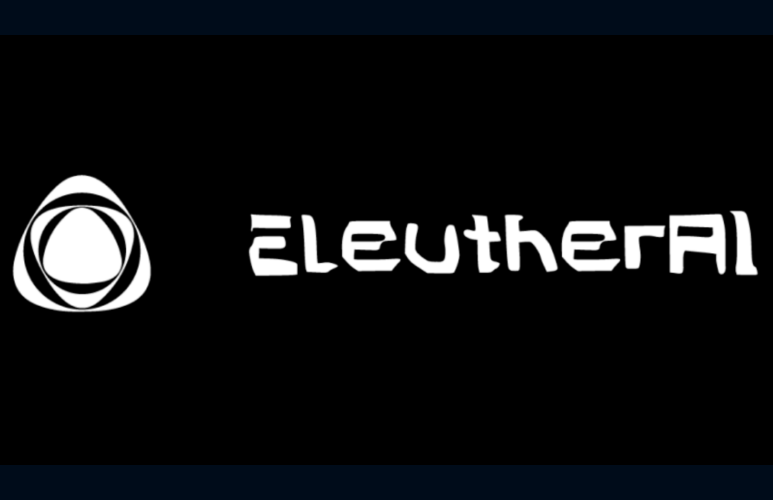Large Language Models for Commercial Use: A Comprehensive Understanding

Introduction
As businesses increasingly seek to leverage Large Language Models (LLMs) for diverse value-generating tasks, navigating the legal landscape surrounding their use is paramount. Before integrating these models into commercial operations, it’s crucial to grasp the licensing and legal frameworks governing their usage. This blog aims to dispel any uncertainties regarding LLM licensing, ensuring a smooth journey devoid of legal complications when employing, adapting, or distributing them.
Why are LLMs Important for Business?
LLMs play a crucial role in enhancing business operations and enhancing customer engagement. For instance, they can:
- Develop chatbots capable of addressing customer queries and resolving issues, leading to enhanced customer satisfaction and reduced service costs.
- Produce tailored marketing materials that resonate better with the target audience, thereby improving outreach and boosting conversion rates.
- Assist in lead qualification and sales support, facilitating increased deal closures and revenue generation.
- Analyze data to derive actionable insights, enabling businesses to make informed decisions and enhance profitability.
Different types of licenses and what do they mean?
Here is a table with some of the common licenses that LLMs are found to have:

Understanding the landscape of open-source licenses is crucial for businesses aiming to leverage commercially viable models. Amidst the array of licenses, several stand out, each with its distinct provisions and implications. Let’s simplify them:
- Apache 2.0: This permissive license allows unrestricted use, modification, and distribution, even for commercial purposes, with the requirement to acknowledge modifications. It’s akin to a generous friend sharing toys, saying, “Enjoy, just give credit.”
- MIT License: Another permissive option, it permits almost any use, including commercial, with a focus on simplicity. It lacks explicit patent grants but mandates attribution. Picture a librarian saying, “Read, share, just remember where it came from.”
- CC BY-SA-4.0: Creative Commons Attribution-ShareAlike 4.0 permits various uses, including commercial, but mandates sharing derivative works under the same license. Imagine borrowing a recipe with the condition to share any tweaks in kind.
- OpenRAIL-M v1: Tailored for AI models, it allows commercial use with ethical and safety considerations, resembling a responsible elder ensuring wise usage.
- BSD Licenses: BSD-2-Clause allows broad use, while BSD-3-Clause adds a clause to prevent using the licensor’s name without permission. It’s like borrowing tools with a polite reminder to credit the owner.
- MPL-2.0: Mozilla Public License 2.0 is a weak copyleft license allowing integration into proprietary projects with changes remaining under the MPL. Think of a crafty friend sharing their creation, expecting credit for modifications.
- Ms-PL: Microsoft Public License is permissive but with conditions on larger works and bundling. It’s akin to a mentor sharing notes, expecting respect for origins.
- CC0: Creative Commons Zero is a public domain dedication, allowing unrestricted use without copyright restrictions. It’s like a philosopher sharing ideas for all to use freely.
- Unlicense: Waives all copyright claims, granting absolute freedom for use, modification, and distribution. It’s like a gardener opening their garden to all.
Understanding these licenses is practical, guiding businesses to select models aligning with their needs amidst various restrictions and permissions.
What are some commercial use cases for LLMs?
Numerous commercial applications leverage Large Language Models (LLMs). Here are some instances:
- Customer Service: Autodesk employs IBM Watson Assistant to power its customer service chatbot, managing over 100,000 service cases monthly. The chatbot swiftly resolves simple issues and directs customers to human agents for complex problems, enhancing response times and satisfaction.
- Marketing: Persado utilizes LLMs to craft marketing language that resonates effectively with audiences. By analyzing language and emotions across marketing channels, Persado generates personalized content variations optimized for engagement, leading to increased conversion rates.
- Sales: Salesforce enhances its Salesforce Einstein platform with LLMs, aiding sales representatives in prioritizing leads with the highest conversion potential. Einstein analyzes customer interactions, predicts future behavior, and enables tailored approaches to individual prospects.
- Content Creation: The Washington Post’s Heliograf automatically generates short reports and social media posts using LLM technology, allowing reporters to focus on in-depth journalism. Heliograf has produced approximately 850 articles in its initial year, showcasing the efficiency of LLMs in scaling content production.
- Risk Assessment and Management: In industries like finance and insurance, LLMs are employed for risk assessment and management. Lemonade, a tech-driven insurance company, utilizes LLMs to analyze extensive data for underwriting and claims processing. These models assess risk factors from textual information in applications or claim reports, enhancing the efficiency and accuracy of the underwriting process.
Potential Negatives of LLMs in Commercial Use
The proliferation of misinformation in commercial content poses a significant risk with the deployment of Large Language Models (LLMs). Inadequate supervision may lead to the generation of inaccurate or exaggerated marketing material, undermining consumer trust and damaging brand reputation. A tangible example emerged when a travel website employed an LLM to create destination descriptions, some of which were found to be embellished or incorrect, impacting the site’s credibility.
Furthermore, biases inherent in LLM training data can perpetuate in commercially deployed models, such as those used in customer service or recruitment chatbots. For instance, a widely-used AI recruitment tool exhibited bias against women, reflecting historical hiring data disparities and potentially exposing companies to legal and reputational liabilities.
Privacy concerns also loom large in the handling of customer data by LLMs. Instances like a fitness tracker company’s LLM-powered customer service bot inadvertently leaking personal health data underscore the importance of robust data protection measures.
Moreover, the adoption of LLMs for various tasks may lead to job displacement in specific sectors, such as administration, customer support, and paralegal services. For example, a bank’s implementation of an LLM-driven system for financial report generation reduced the need for financial analysts, impacting sectoral employment.
To mitigate these risks, businesses can implement measures like thorough content validation, bias audits, stringent privacy protocols, and balanced automation strategies that include re-skilling initiatives for affected employees. By acknowledging and preparing for these challenges, businesses can leverage the benefits of LLMs while mitigating potential drawbacks.

Which models can I use?
The challenge with utilizing Large Language Models (LLMs) for commercial purposes lies in their potential lack of openness or restrictions on commercial use, particularly models based on Meta’s LLaMA model. This could entail companies either having to incur costs for usage or being unable to utilize them altogether. Moreover, some companies may prioritize open-source models due to reasons like transparency and the freedom to customize the code.
Fortunately, there exist numerous Large language models available for commercial use:
- Bloom: An open-access multilingual LLM with 176 billion parameters, licensed under bigscience-bloom-rail-1.0. It’s restricted from certain use cases like medical advice.

2. Dolly 2.0: A 12B parameter LLM based on the EleutherAI Pythia model family, fine-tuned on a human-generated instruction dataset. Entirely open-source and suitable for both research and commercial use.
3. Cerebras LLMs: Cerebras has released seven open-source LLMs, ranging from 111 million to 13 billion parameters, designed for both research and commercial for-profit use cases. Licensed under Apache 2.0.
4. Eleuther AI Models (Polyglot, GPT Neo, GPT NeoX, GPT-J, Pythia): EleutherAI has trained and released several LLMs along with their training codebases, widely used in open-source research applications.

5. H2O GPT: A large LLM with 20 billion parameters, suitable for commercial usage, trained on various datasets and offering state-of-the-art performance.

6. Google’s FLAN: Google’s FLAN-T5 models, including FLAN-UL2, are open-source and available for commercial usage under the Apache 2.0 license.
7. StableLM: Released by Stability AI, StableLM includes StableLM-Alpha and StableVicuna models, built on The Pile dataset. Base model checkpoints are licensed under CC BY-SA-4.0, while fine-tuned checkpoints are under CC BY-NC-SA-4.0, aligning with Stanford’s Alpaca license guidelines.

8. novita.ai: Novita AI LLM offers you unrestricted conversations through powerful Inference APIs. With Cheapest Pricing and scalable models, Novita AI LLM Inference API empowers your LLM incredible stability and rather low latency in less than 2 seconds. LLM performance can be highly enhanced with Novita AI LLM Inference API.

These models offer a range of capabilities and licensing options for businesses looking to leverage LLMs for various applications.
Conclusion
In conclusion, as businesses navigate the landscape of Large Language Models (LLMs) for commercial use, it’s essential to consider various factors, including licensing, potential benefits, and associated risks. While LLMs offer immense potential to enhance operations, engage customers, and drive growth across multiple sectors, they also present challenges such as legal complexities, misinformation dissemination, bias perpetuation, privacy concerns, and job displacement.
To effectively harness the benefits of LLMs while mitigating risks, businesses must adopt proactive measures such as thorough content validation, bias audits, stringent privacy protocols, and inclusive automation strategies. Additionally, the availability of open-source LLMs offers alternatives for companies seeking transparency and customization opportunities.
As the field of LLMs continues to evolve, businesses should stay informed about licensing agreements, technological advancements, and best practices to make informed decisions that align with their objectives and values. By striking a balance between innovation and responsibility, businesses can leverage the transformative potential of LLMs to drive sustainable growth and success in the digital age.
novita.ai, the one-stop platform for limitless creativity that gives you access to 100+ APIs. From image generation and language processing to audio enhancement and video manipulation,cheap pay-as-you-go , it frees you from GPU maintenance hassles while building your own products. Try it for free.
Recommended reading
What is the difference between LLM and GPT
LLM Leaderboard 2024 Predictions Revealed
Novita AI LLM Inference Engine: the largest throughput and cheapest inference available